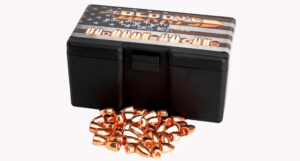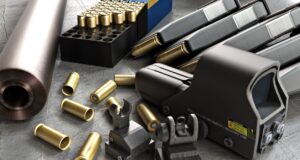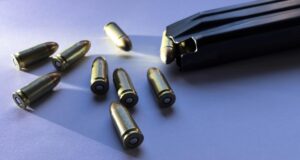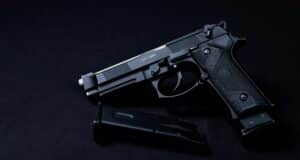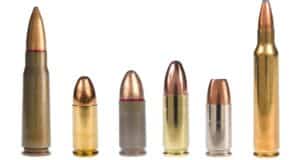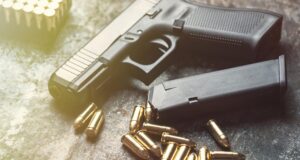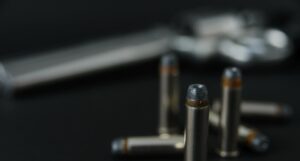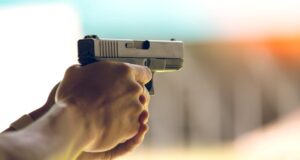Your cart is currently empty!
.32 ACP vs 9mm: A Breakdown
Choosing the right caliber for your handgun is a critical decision, whether you’re looking for a self-defense weapon or a recreational shooting companion. Two popular options that often come up in discussions are 32 ACP (Automatic Colt Pistol) and 9mm. In this article, we’ll dive deep into the details and compare these two calibers in terms of specifications, performance, applications, and cost. So, whether you’re a James Bond fan dreaming of his iconic Walther PPK chambered in .32 ACP or are just eager to learn more about these two calibers, let’s dig in and find the perfect fit for you.
The Basic Parts of a Handgun
Whether you’re a novice gun enthusiast, a seasoned shooter, or just someone interested in understanding how firearms work, it’s essential to understand the basic parts of a handgun. Knowledge of how this combination of parts come together to form a functional firearm is key to responsible and safe gun use. This article will dive into the main components of a handgun, how handguns and their moving parts have evolved over the years, and why Berry’s is the right partner for all your pistol bullet needs.
Plated vs. Jacketed vs. Cast Bullets
Choosing the right bullet for your shooting needs is a critical aspect of firearm use. With a variety of types available, each with its own advantages and disadvantages, understanding the differences is key. In this blog post, we’ll explore three popular types of bullets: plated bullets, jacketed bullets, and cast bullets. We’ll delve into their characteristics, applications, and why Berry’s Bullets, a leading producer of high-quality bullets, prefers plated bullets for their superior balance of performance and value.
The Types of 9mm Bullets
The 9mm Luger is perhaps the most popular centerfire cartridge on the market today. It is the number one choice of law enforcement officers, ideal for self-defense, and wildly popular among competitors. Once only for handguns, 9mm is now the top choice in pistol-caliber carbines and submachine guns as well. It’s low recoil, accuracy, and low cost have made it the darling of the American shooting public.
What is Plinking?
Plinking is the act of shooting at an object, not necessarily a target. Tin cans, glass bottles, and other forms of informal targets are all involved in the “art” of plinking. This blog discusses plinking and the differences between it and target practice along with some dialog on bullet options, safety reasons, and different types of targets including the standard steel target.
Muzzleloader Hunting: Everything You Need to Know
Muzzleloaders are single-shot firearms that differ from modern weapons in that you have to load each round manually through the barrel. There are no rounds or casings, but you do use primers, powder, a slug, and wadding. The challenge of hunting with a muzzleloader is that you only have one shot, and you best have the skills, accuracy, and tenacity to make that one shot count.
.357 Magnum vs .38 Special
Whether you are looking for a bullet for hunting, self-defense, or target practice, the .357 Magnum vs .38 Special conversation eventually happens. If that is a conversation you are interested in, then keep reading as we compare both bullets, their specs, and the options you have for self-loading either or both.
How to Hold a Pistol
One of the most fundamental skills of every great shooter is the ability to correctly hold a pistol or firearm. It would be a whole lot simpler if everyone were exactly the same. However, we are not the same, and many of us have very unique physical differences that make holding a pistol challenging.

